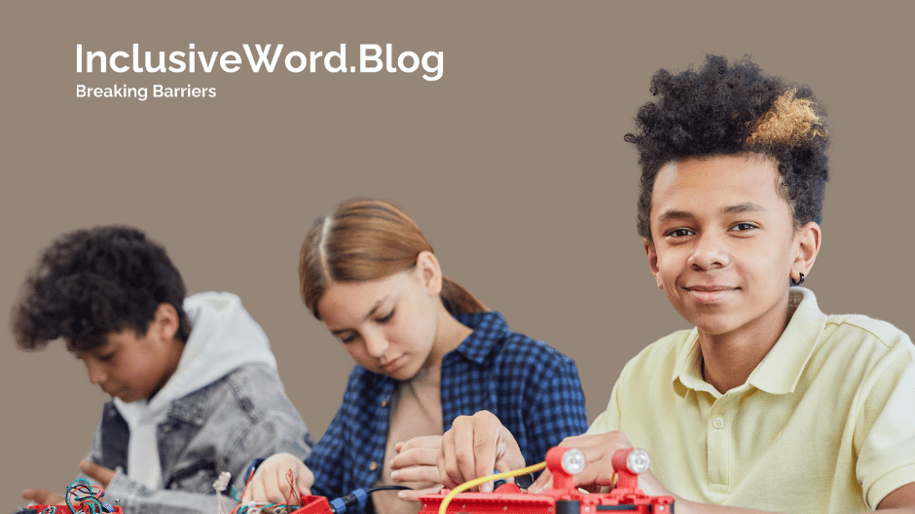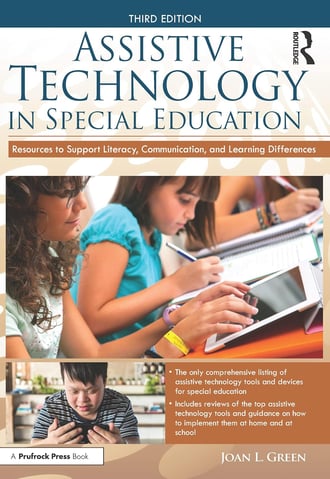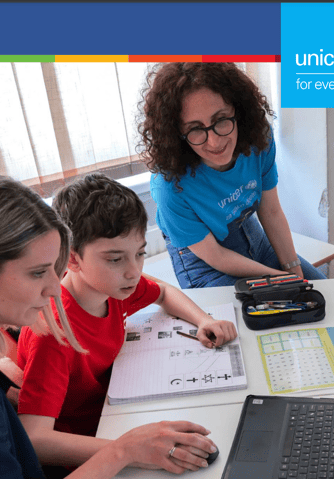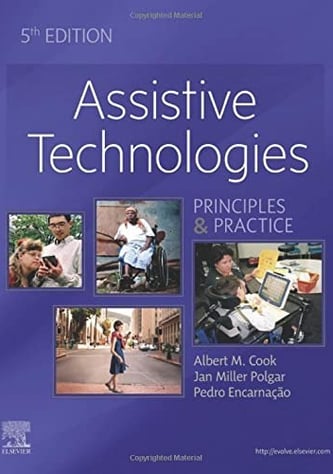Creating Inclusive Futures Through Technology
Children with disabilities, such as autism, learning disabilities, ADHD, and cerebral palsy, face unique challenges. Assistive technology, including communication devices, text-to-speech software, organizational apps, mobility aids, and sensory aids, can significantly improve their quality of life and educational outcomes. By leveraging these tools, we can empower children with disabilities to reach their full potential.


Children around the world face a variety of disabilities that can impact their development, education, and daily lives. Recent data highlights the prevalence and types of disabilities most commonly diagnosed in children aged 3-17 years. Here, we explore these disabilities and their implications based on the latest statistics, along with how assistive technology and design can support these children.
Autism Spectrum Disorders (ASD). Autism Spectrum Disorders (ASD) are among the most prevalent developmental disabilities. According to the CDC, about 1 in 36 children has been identified with ASD (Centers for Disease Control and Prevention, 2023). ASD encompasses a range of conditions characterized by challenges with social skills, repetitive behaviors, speech, and nonverbal communication. Boys are nearly four times more likely to be diagnosed with ASD than girls. Assistive technology, such as communication devices and apps, can help children with ASD improve their social interactions and communication skills. Sensory-friendly designs in classrooms and public spaces can also create more inclusive environments.
Learning Disabilities. Learning disabilities affect a child’s ability to acquire and use academic skills such as reading, writing, and mathematics. These disabilities are often identified during the school years and can significantly impact educational outcomes. The prevalence of learning disabilities has been a consistent concern, necessitating tailored educational strategies and support (National Health Interview Survey, 2021). Tools like text-to-speech software, audiobooks, and specialized learning apps can assist children with learning disabilities in accessing educational content more effectively.
Attention Deficit Hyperactivity Disorder (ADHD). ADHD is a common neurodevelopmental disorder affecting attention, impulsivity, and hyperactivity. It is estimated that ADHD affects approximately 9.4% of children in the United States (Visser et al., 2014). Boys are more frequently diagnosed with ADHD than girls, and the condition can persist into adulthood, impacting various aspects of life. Assistive technologies such as organizational apps, timers, and noise-canceling headphones can help children with ADHD manage their symptoms and improve focus.
Developmental Disabilities. Developmental disabilities include a wide range of chronic conditions that appear in childhood and affect physical development, learning, language, or behavior. The National Health Interview Survey (NHIS) reported that the prevalence of any developmental disability in children aged 3-17 years increased from 7.40% in 2019 to 8.56% in 2021 (National Center for Health Statistics, 2023). These disabilities require comprehensive care and early intervention to support affected children. Early intervention programs often incorporate assistive technologies like speech-generating devices and adaptive toys to support development.
Cerebral Palsy. Cerebral palsy is a group of disorders that affect a person’s ability to move and maintain balance and posture. It is caused by abnormal brain development or damage to the developing brain. The prevalence of cerebral palsy has remained relatively stable, but it continues to be a significant cause of physical disability in children (World Health Organization & UNICEF, 2023). Mobility aids such as wheelchairs, walkers, and adaptive seating can greatly enhance the independence and quality of life for children with cerebral palsy.
Intellectual Disabilities. Intellectual disabilities involve significant limitations in both intellectual functioning and adaptive behavior. The NHIS data indicates that the prevalence of intellectual disabilities in children aged 3-17 years was 1.65% in 2021 (National Center for Health Statistics, 2023). These disabilities often require specialized educational programs and support services. Assistive technologies like adaptive learning software and communication devices can support children with intellectual disabilities in their educational and daily activities.
Hearing and Vision Problems. Hearing and vision problems can range from mild impairments to profound deafness and blindness. These sensory disabilities can significantly impact a child’s communication and learning abilities. Early detection and intervention are crucial for managing these conditions effectively (National Health Interview Survey, 2021). Hearing aids, cochlear implants, and visual aids such as magnifiers and screen readers can help children with sensory disabilities engage more fully in their environments.
Speech and Language Disorders. Speech and language disorders involve difficulties in verbal communication, including problems articulating words and forming sentences. These disorders can affect a child’s ability to interact with peers and succeed academically. Speech therapy is often an essential component of treatment (National Health Interview Survey, 2021). Speech-generating devices and language development apps can assist children with speech and language disorders in improving their communication skills.
Chronic Health Conditions. Chronic health conditions such as asthma, diabetes, and epilepsy can also be considered disabilities as they significantly affect children’s daily lives. Managing these conditions requires ongoing medical care and can impact a child’s participation in various activities (National Health Interview Survey, 2021). Medical alert systems, health monitoring apps, and adaptive sports equipment can help children with chronic health conditions manage their health and stay active.
References
Centers for Disease Control and Prevention. (2023). Autism spectrum disorder (ASD). Retrieved from https://www.cdc.gov/ncbddd/autism/data.html
National Center for Health Statistics. (2023). Diagnosed developmental disabilities in children aged 3–17 years: United States, 2019–2021. Retrieved from https://www.cdc.gov/nchs/data/databriefs/db473.pdf
National Health Interview Survey. (2021). Summary health statistics: National Health Interview Survey. Retrieved from https://www.cdc.gov/nchs/nhis/shs.htm
Visser, S. N., Danielson, M. L., Bitsko, R. H., Holbrook, J. R., Kogan, M. D., Ghandour, R. M., … & Blumberg, S. J. (2014). Trends in the parent-report of health care provider-diagnosed and medicated ADHD: United States, 2003–2011. Journal of the American Academy of Child & Adolescent Psychiatry, 53(1), 34-46.e2.
World Health Organization & UNICEF. (2023). Global report on children with developmental disabilities. Retrieved from https://www.unicef.org/media/145016/file/Global-report-on-children-with-developmental-disabilities-2023.pdf
World Health Organization & UNICEF. (2015). Assistive technology for children with disabilities: Creating opportunities for education, inclusion and participation. Retrieved from https://www.unicef.org/media/126246/file/Assistive-Tech-Web.pdf
Joan L Green's book provides practical, well-organized information to help families, teachers, and therapists find effective solutions for students with learning, literacy, and cognitive challenges. It covers a range of affordable tools to improve speaking, understanding, reading, writing, and thinking.






